 Firstly, let me apologise for another post that looks back at 2009 given the avalanche that there has been over the past month. I took advantage of a few days of exile to the French countryside over the holidays to think about some of the trends that have emerged over the course of 2009. One thing that I have been particularly struck by is how ubiquitous 'curators' and 'curation' have become over the last year. I keep hearing these terms used in what I would consider to be unusual contexts, referring to the process by which the stuff that is sold in a store is selected (some 'trend watchers' have even labelled this curated consumption), a group of images are put together online, or even to someone making a mixtape. It seems that we now walk around curating all day: which sandwich to have at lunch or which furniture to buy from IKEA. Have I curated my living room or my underwear drawer (I was definitely not aware of doing so)?
Firstly, let me apologise for another post that looks back at 2009 given the avalanche that there has been over the past month. I took advantage of a few days of exile to the French countryside over the holidays to think about some of the trends that have emerged over the course of 2009. One thing that I have been particularly struck by is how ubiquitous 'curators' and 'curation' have become over the last year. I keep hearing these terms used in what I would consider to be unusual contexts, referring to the process by which the stuff that is sold in a store is selected (some 'trend watchers' have even labelled this curated consumption), a group of images are put together online, or even to someone making a mixtape. It seems that we now walk around curating all day: which sandwich to have at lunch or which furniture to buy from IKEA. Have I curated my living room or my underwear drawer (I was definitely not aware of doing so)?
We are all curators now, or at least we all want to be: apparently curator ranks as one of the best careers for 2010 in the US. This sounds pretty insane to me given the crisis that is affecting American museums. Maybe it is considered to be one of the best careers because there are so few curator positions out there and this rarity is creating desire? It has become such a popular profession that it has been attracting quite a bit of vitriol from art critics who see the curator as responsible for the bloated state of the art world, particularly the contemporary art one. This is a pretty radical transformation: just a few years ago curators were essentially considered to be overly scholarly caretakers, wandering the dusty corridors of their museum poring over the collection: far from a 'sexy' profession.
So what exactly do we mean when we say 'curator'? This is a question that I am deeply interested in as I work as an independent curator. The term can be confusing: in French for example it is split into two terms 'commissaire d'exposition' and 'conservateur' which cover different aspects of what a curator does (or at least used to do). These days the term 'curate' is often used for any process that requires somebody to make a selection from a large group of some form. In my view, that falls well short of what curating should be. The major transformation is that curating is something which is now done far more in the business sphere than in the artistic one. By appropriating the term, brands and retailers are hoping that its high-mindedness will wash off on them. In a 2.0 world, it makes sense that people need to be told that someone has gone to the trouble of whittling down this infinite choice to a manageable handful of only the best items. But is this really the same thing as what a curator does in a museum?
I think the crucial difference is that curating should really imply more than a process of selection. Ideally it should not only be based on in-depth research into a particular area, but it should also attempt to contribute new ideas that shed light on some unseen aspect or that allow us to see things in a new context. When I think of the best curated photography shows over the past decade, they were all based on several years of painstaking research and all attempted to say something new about their subject. Curators also have a crucial role to play in terms of collaboration with artists. Just as there is some concern about self-publishing because it generally implies that there is no outside editorial input, exhibitions curated by the artists themselves tend to be messy affairs.
What is ironic with the current rise of the 'curator', is that museum curating seems to be going through a particularly difficult time. Budgets are being slashed left, right and centre, shows are being extended from 2-3 months to 4 or 5, and many museums are resorting to blockbuster shows to get the maximum number of people through the door. Despite the criticism that has been directed at them of late, I hate to think of what the museum world would look like without them.
Update: This post seems to have led to some kind of Facebook discussion (courtesy of Andy at Flak Photo), so check that out for some more opinions on the subject.
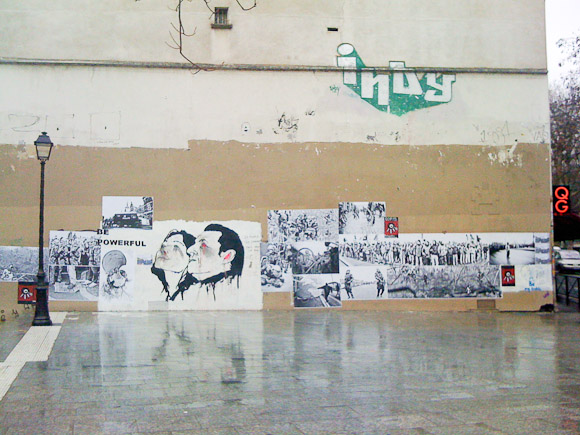
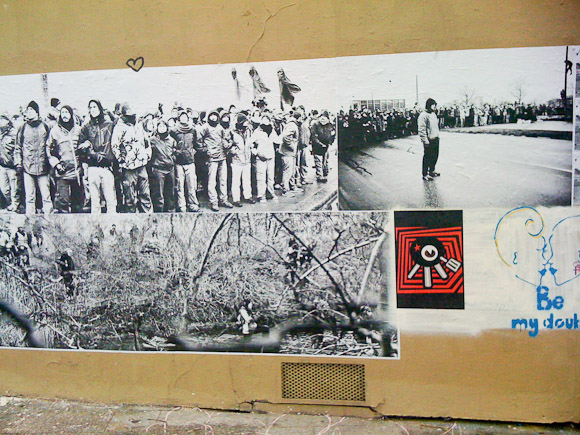
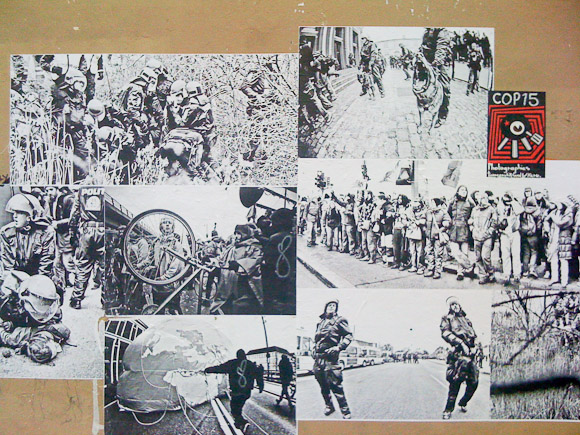
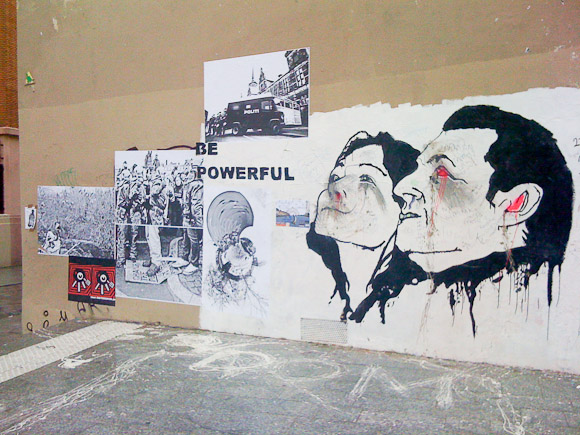
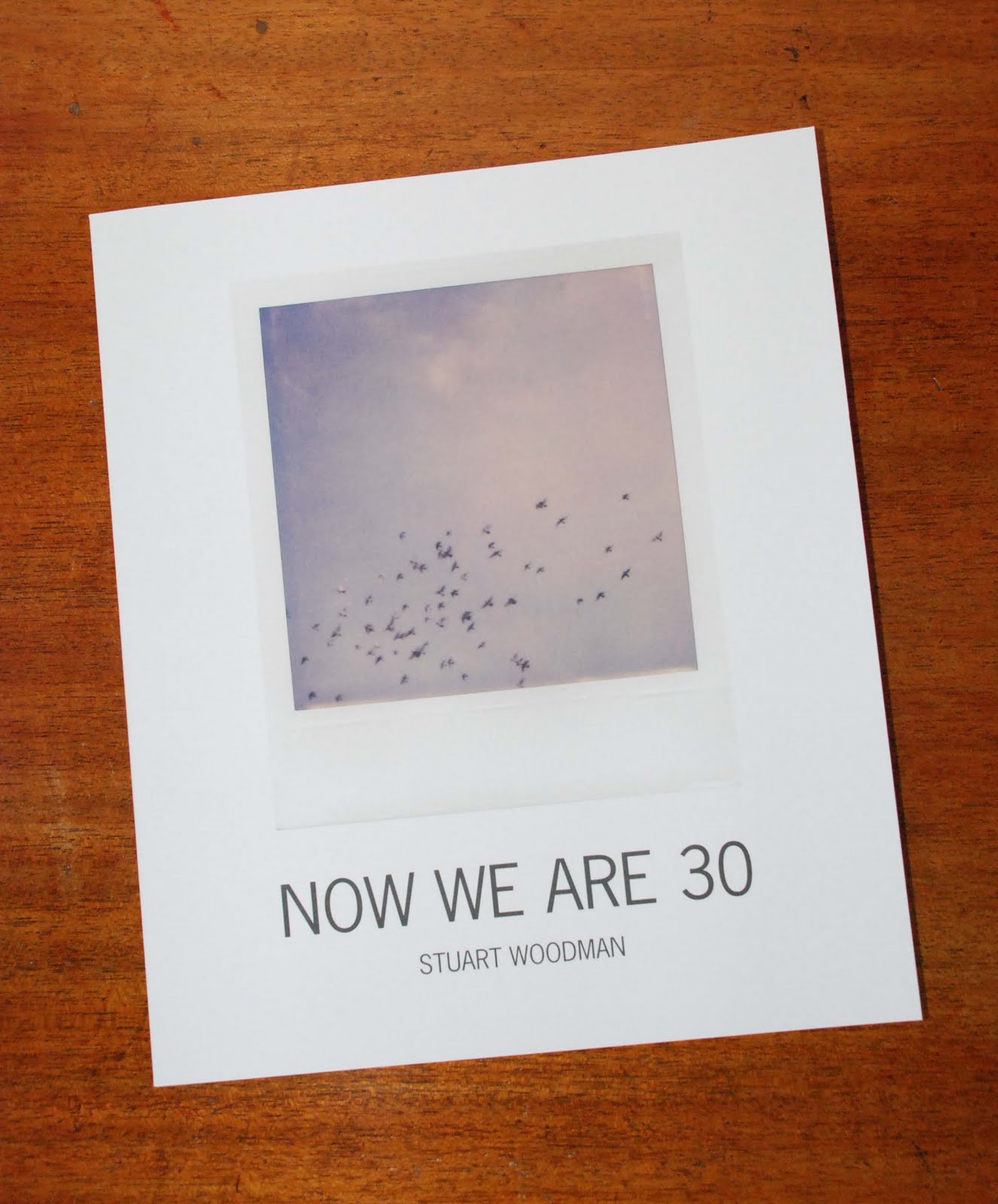
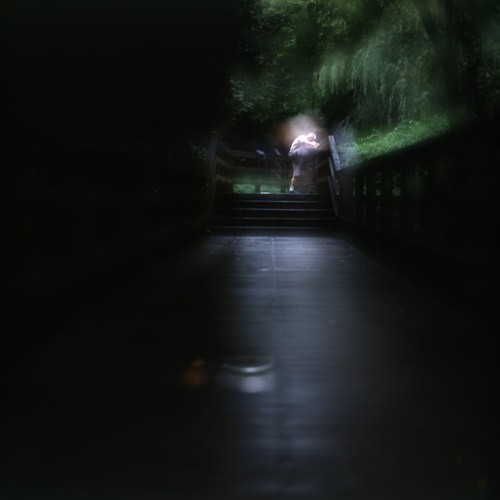
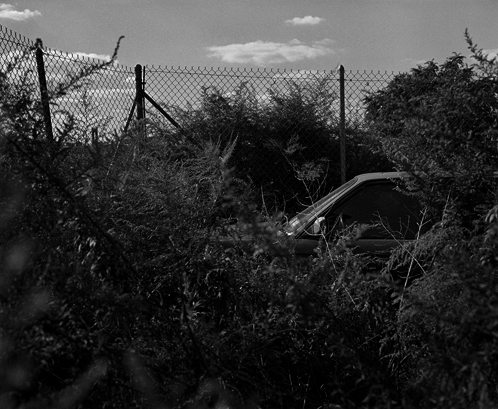
 Firstly, let me apologise for another post that looks back at 2009 given the avalanche that there has been over the past month. I took advantage of a few days of exile to the French countryside over the holidays to think about some of the trends that have emerged over the course of 2009. One thing that I have been particularly struck by is how ubiquitous 'curators' and 'curation' have become over the last year. I keep hearing these terms used in what I would consider to be unusual contexts, referring to the process by which the stuff that is sold in a
Firstly, let me apologise for another post that looks back at 2009 given the avalanche that there has been over the past month. I took advantage of a few days of exile to the French countryside over the holidays to think about some of the trends that have emerged over the course of 2009. One thing that I have been particularly struck by is how ubiquitous 'curators' and 'curation' have become over the last year. I keep hearing these terms used in what I would consider to be unusual contexts, referring to the process by which the stuff that is sold in a